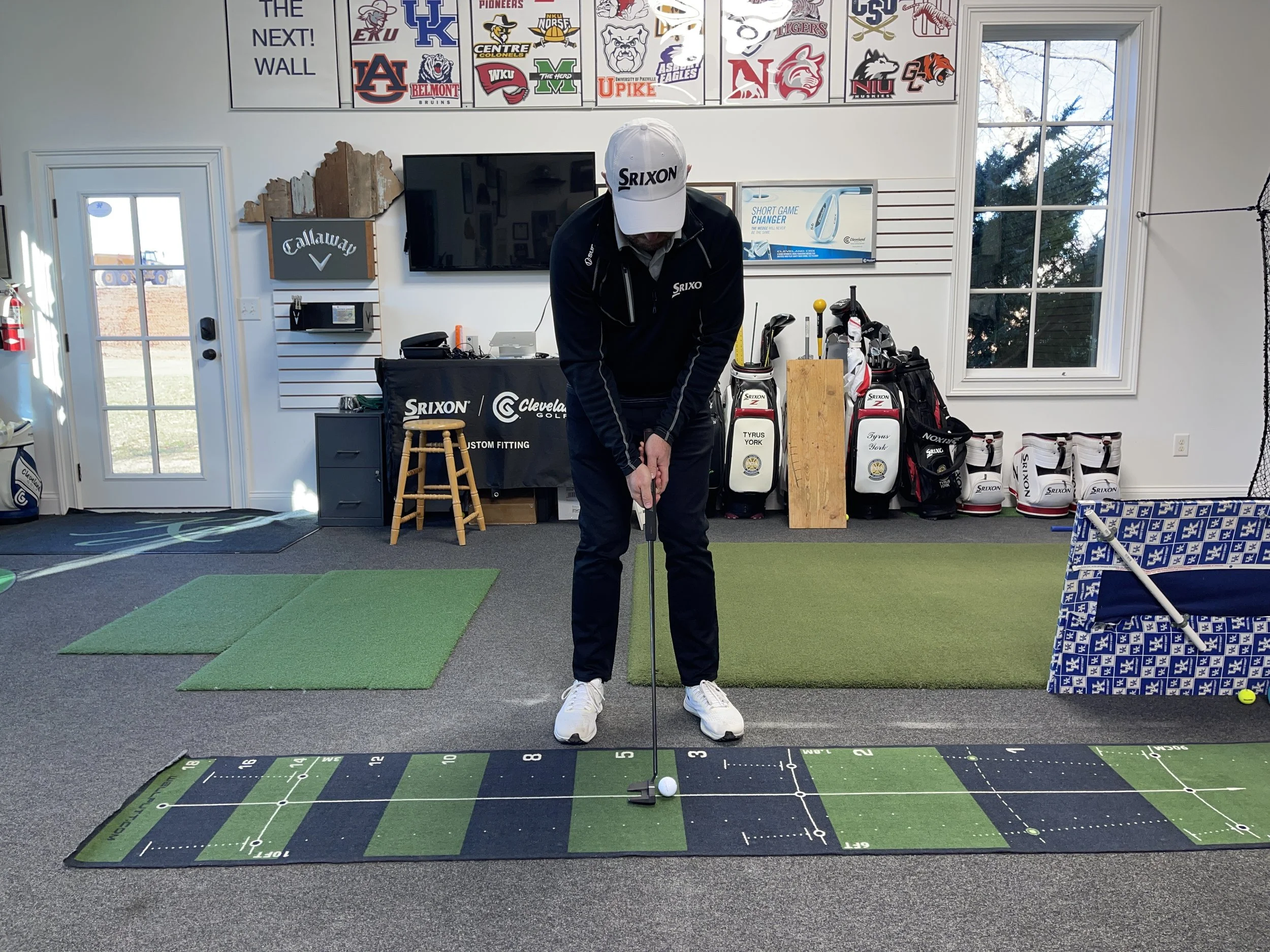I had never really heard of a waggle before I read Ben Hogan's Five Lessons. Then I realized it was something that I had been doing all along and didn't know it.
On the PGA Tour, Jason Dufner is known for a very long, pronounced waggle before every full swing. His waggle has been praised and criticized by many, but in my opinion it plays a crucial role in his success.
A waggle can be defined as any movement made before the swing to reduce tension in your body. Tension can be a killer of any golf swing, so having a waggle (of some kind) is important to creating consistent golf swings.
Here are a few tips to help you reduce tension in your swing:
· Use a waggle. There are many different ways to waggle the club before you swing. Dufner’s method is a very big waggle that is repeated as many as 10 times before he actually swings. Any method you choose is fine as long as you can feel the tension escaping your body.
· Avoid freezing over the ball. Many amateur golfers tend to freeze over the ball before they swing. Just like a free throw in basketball begins with a slight bend in the knees, the golf swing needs an igniter. Any time you freeze over the ball, tension creeps in and makes it difficult to repeat your swing.
· Monitor your grip pressure. The waggle is a great way to maintain a proper grip pressure. When your grip pressure is too tight, your wrists become locked and immobile. Another great test for grip pressure is to take your grip, hold the club in front of you parallel to the ground, and make circles with the clubhead using only your wrists. As long as the club stays secure in your hands (no slipping!) and you can make the circles, then you have the proper grip pressure.

























